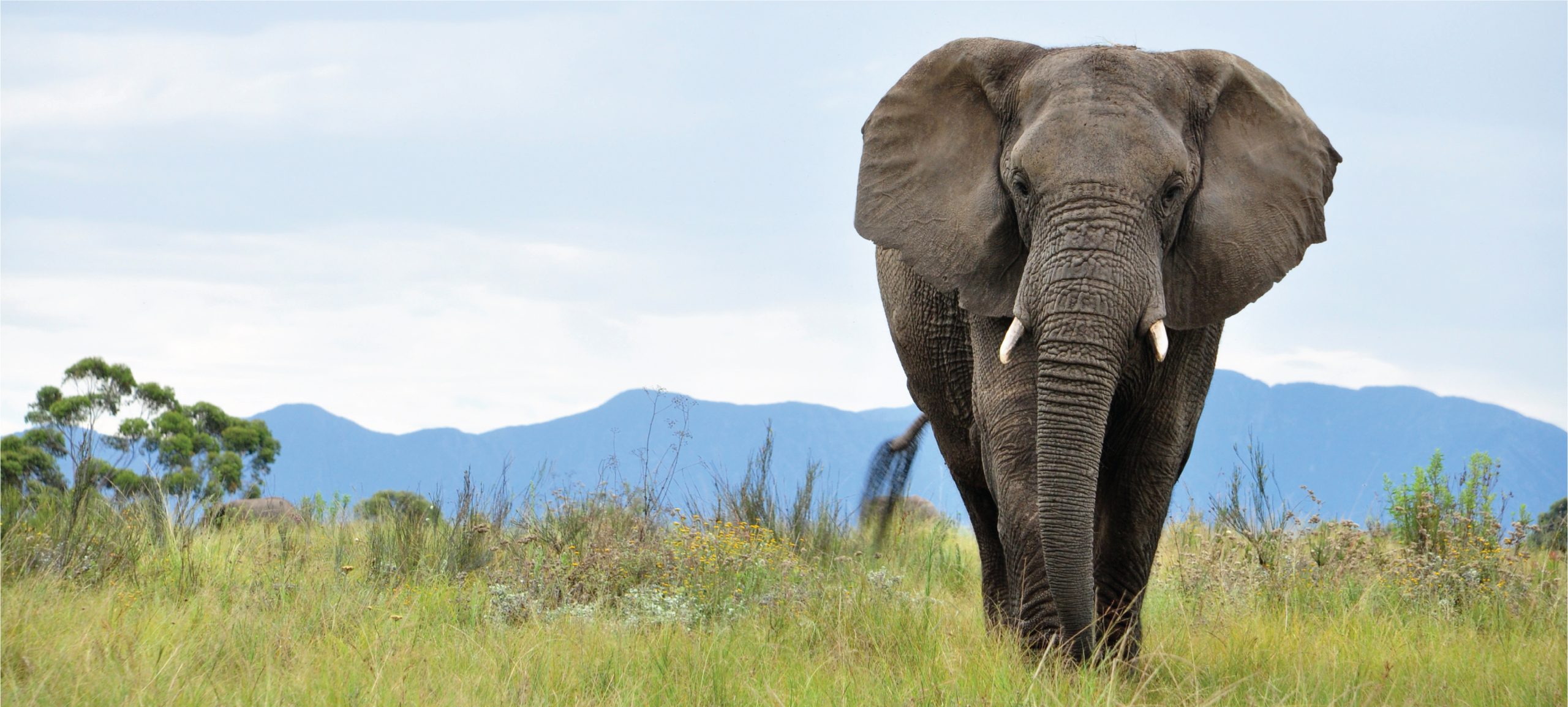-

Western Brush Wallaby
Explore the fascinating world of the Western Brush Wallaby (Macropus irma), a charming marsupial native to southwestern Australia. Known for their unique coloration, agility, and gentle demeanor, these wallabies play a vital ecological role in their habitats. Learn about their physical characteristics, behaviors, conservation status, and the ongoing efforts to protect these remarkable creatures.
-

Parma Wallaby
Discover the elusive Parma Wallaby, a small marsupial native to the dense forests of southeastern Australia. With its nocturnal habits, gentle demeanor, and vital role in the ecosystem, this near-threatened species captivates wildlife enthusiasts while facing threats from habitat loss. Learn about its unique adaptations, physical characteristics, and conservation efforts aimed at preserving this fascinating…
-

Whip-tailed Wallaby
Discover the whip-tailed wallaby (Macropus parryi), an agile marsupial native to eastern Australia, known for its distinctive long tail and remarkable adaptability. With physical features such as strong hind legs for impressive leaps and keen communication skills, this fascinating species plays a vital role in maintaining the ecological balance. Explore their behaviors, habitats, and conservation…
-

Tammar Wallaby
Discover the captivating world of the Tammar Wallaby (Macropus eugenii), a small to medium-sized marsupial native to Australia. This blog post delves into their unique physical traits, social behaviors, and ecological significance, highlighting their adaptability and importance in the ecosystem. Learn about their habitats, feeding habits, conservation status, and fascinating fun facts that make the…
-

Eastern Hare Wallaby
Explore the fascinating world of the Eastern Hare Wallaby (Lagorchestes leporides), a small marsupial native to Australia that became extinct in the early 20th century. Known for its hare-like appearance, agility, and nocturnal habits, this elusive creature played an important ecological role in its arid habitat before succumbing to habitat loss and introduced predators. Discover…
-

Agile Wallaby
Discover the Agile Wallaby (Macropus agilis), a fascinating mid-sized marsupial native to northern Australia and Papua New Guinea. Renowned for their remarkable agility and adaptability, these wallabies navigate diverse terrains with speed, showcasing unique physical traits and ecological roles. Learn about their behaviors, habitats, and conservation status, revealing why they are one of nature’s most…
Search
Popular Posts
-
Lampropeltis abnorma
Discover the striking Lampropeltis abnorma, or Central American Kingsnake, known for its vibrant coloration and smooth, glossy scales. Found in Central America’s tropical rainforests, this nocturnal predator plays a crucial role in its ecosystem by controlling pest populations and maintaining balance among small mammal and reptile communities.
-
Lamprolepis smaragdina
The Emerald Tree Skink (Lamprolepis smaragdina) is a vibrant, arboreal reptile native to tropical rainforests in the South Pacific, recognized for its striking green coloration, slender build, and prehensile tail. Primarily insectivorous, these skinks thrive in humid environments and play a vital role in maintaining ecological balance within their habitats.
-
Lamprolepis nieuwenhuisii
Discover the stunning Lamprolepis nieuwenhuisii, also known as the Nieuwenhuis’ Wrinkle-scaled Lizard, native to the rainforests of Southeast Asia. This fascinating species is characterized by its unique wrinkled scales, vibrant coloration, and agile movements, playing a vital role in its ecosystem as both a predator and prey.
Categories
Tags
animal adaptations (850) animal behavior (4898) animal reproduction (830) behavior (920) biodiversity (7464) conservation (1670) conservation efforts (1649) conservation status (5327) diet (2102) echolocation (822) ecological balance (1841) ecological role (1702) ecology (796) ecosystem (1469) ecosystem role (2797) endangered species (2472) environmental conservation (782) habitat (3269) habitat conservation (1030) Habitat Destruction (1243) habitat loss (3223) insectivorous reptiles (825) IUCN Red List (1720) lizard reproduction (801) nocturnal animals (2738) nocturnal behavior (2473) nocturnal reptiles (891) physical characteristics (2032) reproduction (2880) reptile behavior (805) reptile conservation (1148) reptile reproduction (842) rodent species (1325) seed dispersal (2115) Seed Disperser (971) small mammals (1166) snake behavior (766) snake diet (872) snake reproduction (939) South America (801) tropical forests (944) Vulnerable Species (4739) wildlife (2510) wildlife conservation (5021) wildlife protection (947)






